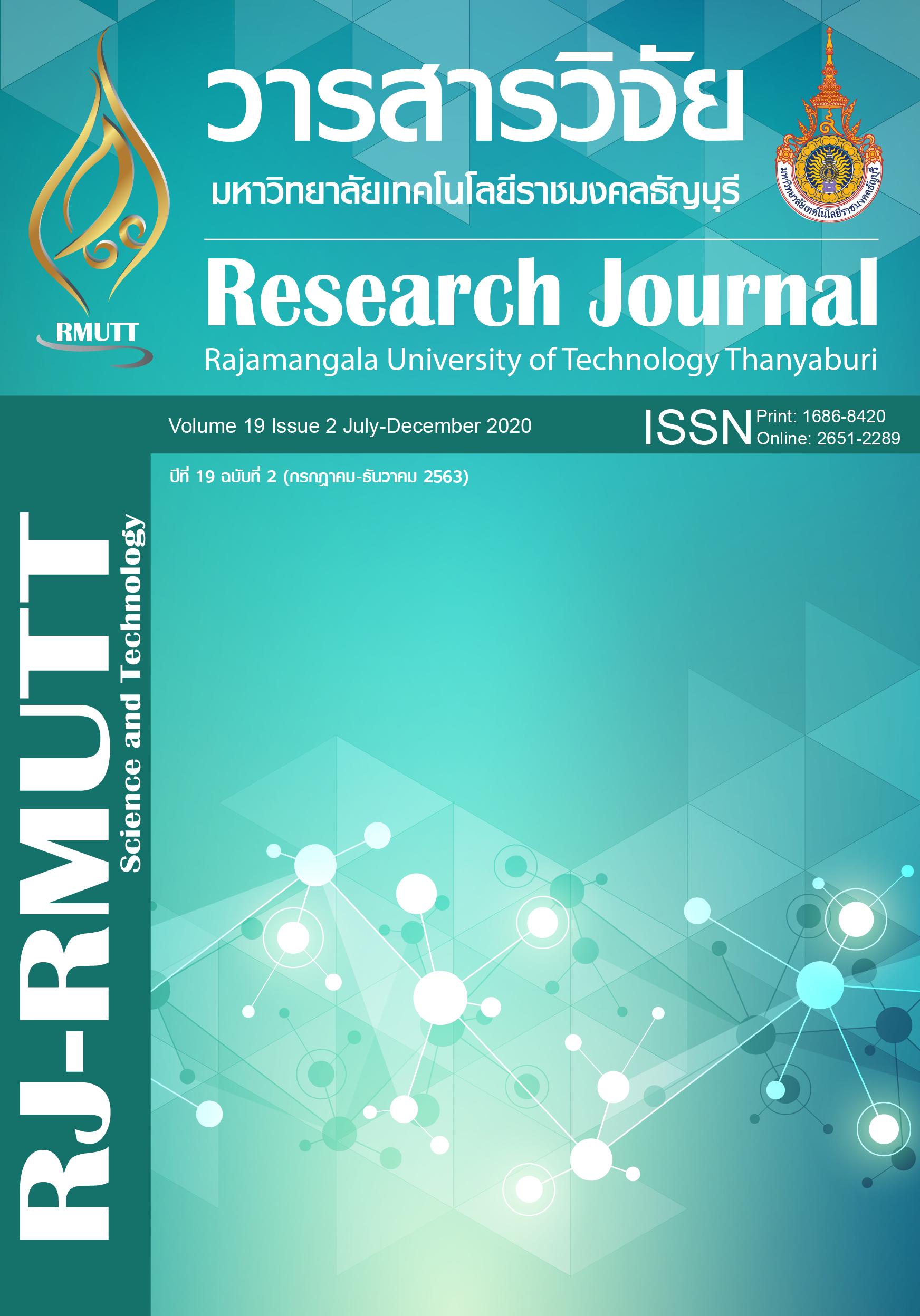Transformations Foreign Direct Investment Data in Thailand: Case Study of ASEAN Countries
Main Article Content
Abstract
Foreign direct investment (FDI) data in Thailand of the countries in Asian (12 months) are symmetry, left-skewed or right-skewed. The normally distributed data are an important assumption in the statistical analysis methods. If the data do not correspond with the assumption, data transformation will be used. The objective of this research is to compare six transformation methods: square root transformation, logarithm base ten transformation, inverse transformation, Box-Cox transformation, Exponential transformation, and Yeo-Johnson transformation. The results reveal that square root transformation can transform FDI data of Laos and Myanmar to symmetry and normally distributed data. Logarithm base ten transformation can transform FDI data of Cambodia and Myanmar to symmetry and normally distributed data. Inverse transformation can transform FDI data of Vietnam to near symmetry and normally distributed data. Box-Cox transformation can transform FDI data of Cambodia Laos Myanmar Vietnam and Singapore to symmetry and normally distributed data. Exponential transformation can transform FDI data of Cambodia Laos and Myanmar to symmetry and normally distributed data. Yeo-Johnson transformation can transform FDI data of Cambodia Laos Myanmar and Singapore to symmetry and normally distributed data. Reflect technique can adjust left-skewed data to right-skewed data. If data are both negative and positive value, they should be adjusted to the positive value before transforming data.
Article Details

This work is licensed under a Creative Commons Attribution-NonCommercial-NoDerivatives 4.0 International License.
References
Pyzdek T. Normal Distributions Aren't [All that Normal]. Qual Eng. 1995;7(4):769-77.
Tukey JW. On the Comparative Anatomy of Transformations. Ann Math Stat. 1957;28(3):602-32.
Tisco financial group. Financial Summary [Internet]. 2020. [cited 17 Jul 2020]. Availability from: https://bit.ly/3bUYTfF
Wuensch KL. Transforming to Reduce Negative Skewness [Internet]. 2017. [cited 14 Jan 2020]. Availability from: http://core.ecu.edu/psyc/ wuenschk/StatHelp/NegSkew.pdf
R Core Team. R: A language and environment for statistical computing. R Foundation for Statistical Computing, Vienna, Austria [Internet]. 2019. [cited 12 Feb 2020]. Availability from: https:// www.R-project.org/
Box EP, Cox DR. An Analysis of Transformations (with discussion). J R Stat Soc B. 1964;26(2):211-52.
Manly BFJ. Exponential Data Transformations. J Roy Sat Soc D-Sta. 1976;25(1):37-42.
Yeo I, Johnson NR. A New Family of Power Transformations to Improve Normality or Symmetry. Biometrika. 2000;87(2):954-9.
อุไรวรรณ เจริญกีรติกุล, ลี่ลี อิงศรีสว่าง. ตัวแบบการแปลงค่าข้อมูลที่ให้ความแปรปรวนคงที่โดยประมาณ สำหรับข้อมูลปัวซง. วารสารวิทยาศาสตร์บูรพา. 2553;15(1):105-13.
Chortirat T, Chomtee B, Sinsomboonthong J. Comparison of Four Data Transform-ation Methods for Weibull Distributed Data. Kasetsart Journal (Natural Sciences). 2011;45:366-83.
Watthanacheewakul L. Calculating the Process Capability Ratio for Weibull Data. Naresuan University Journal: Science and Technology. 2017; 25(1):44-56.
Bank of Thailand (Statistical Data) [Internet]. 2020. [cited 5 Jan 2020]. Availability from: https://www.bot.or.th/App/BTWS_STAT/statistics/ReportPage.aspx?reportID=645&language=eng
ดวงรัตน์ ประจักษ์ศิลป์ชัย. การลงทุนโดยตรงจากต่างประเทศ [อินเทอร์เน็ต]. สำนักงานเลขาธิการสภาผู้แทนราษฎร. 2557. [สืบค้นเมื่อวันที่ 16 ม.ค. 2563]. จาก http://www.parliament.go.th/library
Doane DP, Seward LE. Measuring Skewness: A Forgotten Statistics?. Stat Educ. 2011;19(2):1-18.
Shapiro-Wilk test. Wikipedia [Internet]. 2020. [cited 24 Jan 2020]. Availability from: https:// en.m. wikipedia.org
Jain D. Skew and Kurtosis: 2 Important Statistics terms you need to know in Data Science [Internet]. 2018. [cited 5 Jan 2020]. Availability from: https://codeburst.io/2-important-statistics–terms–you–need–to–know–in–data–science–skewness–and–kurtosis–388fef94eeaa


